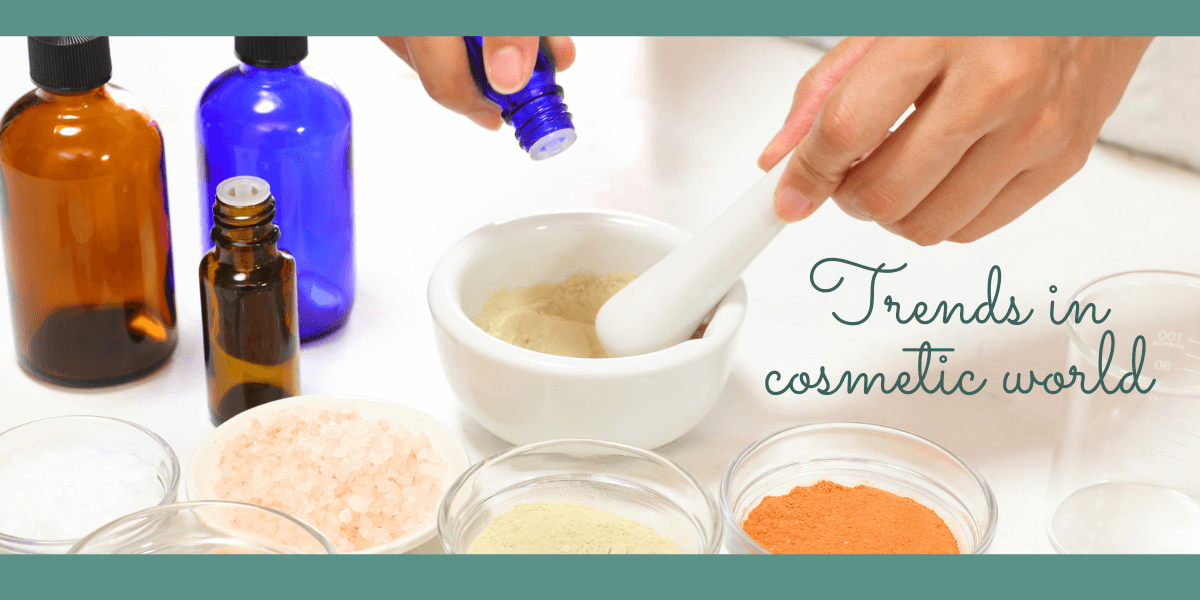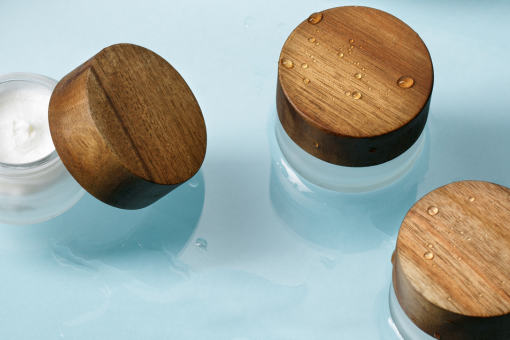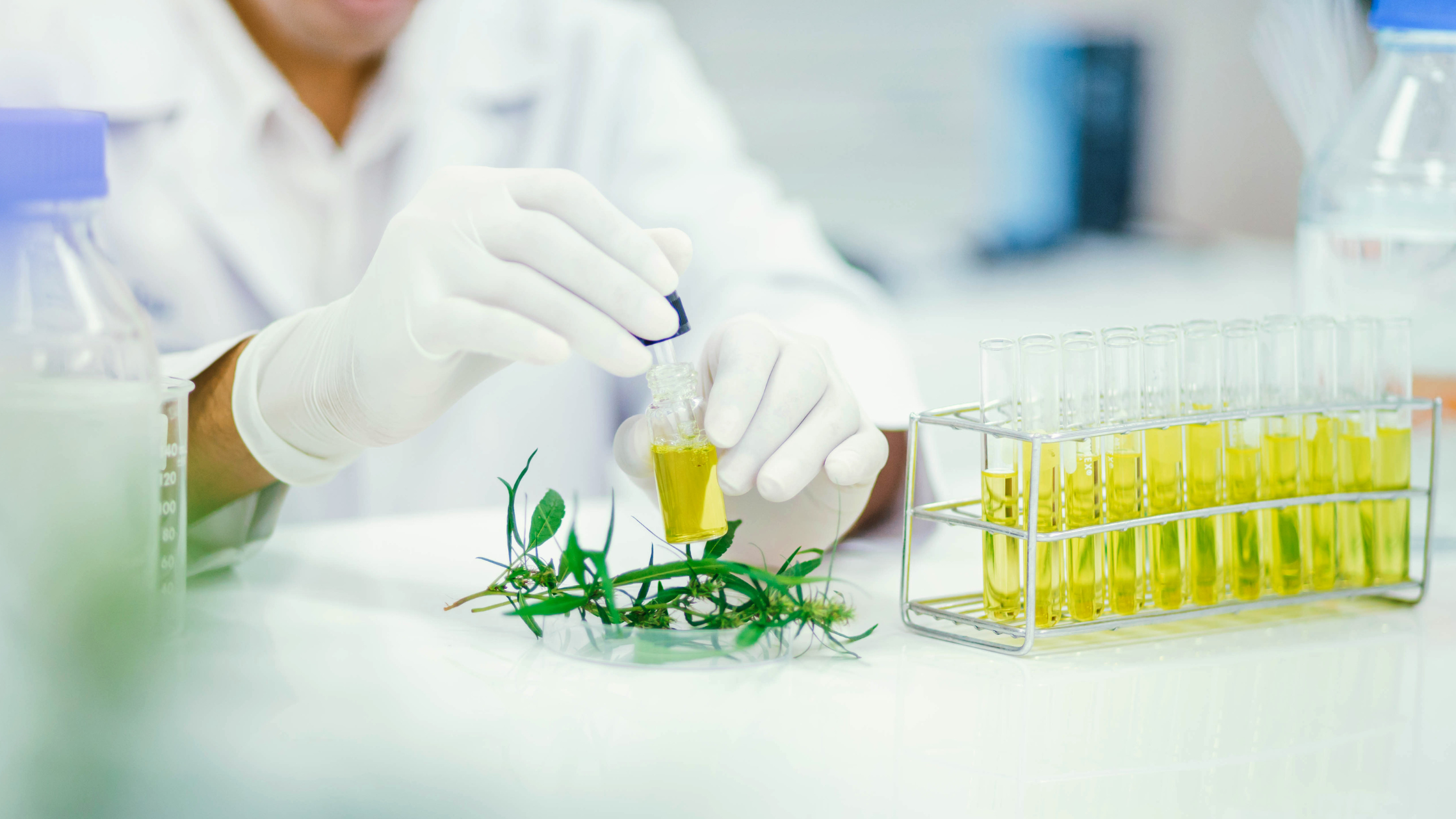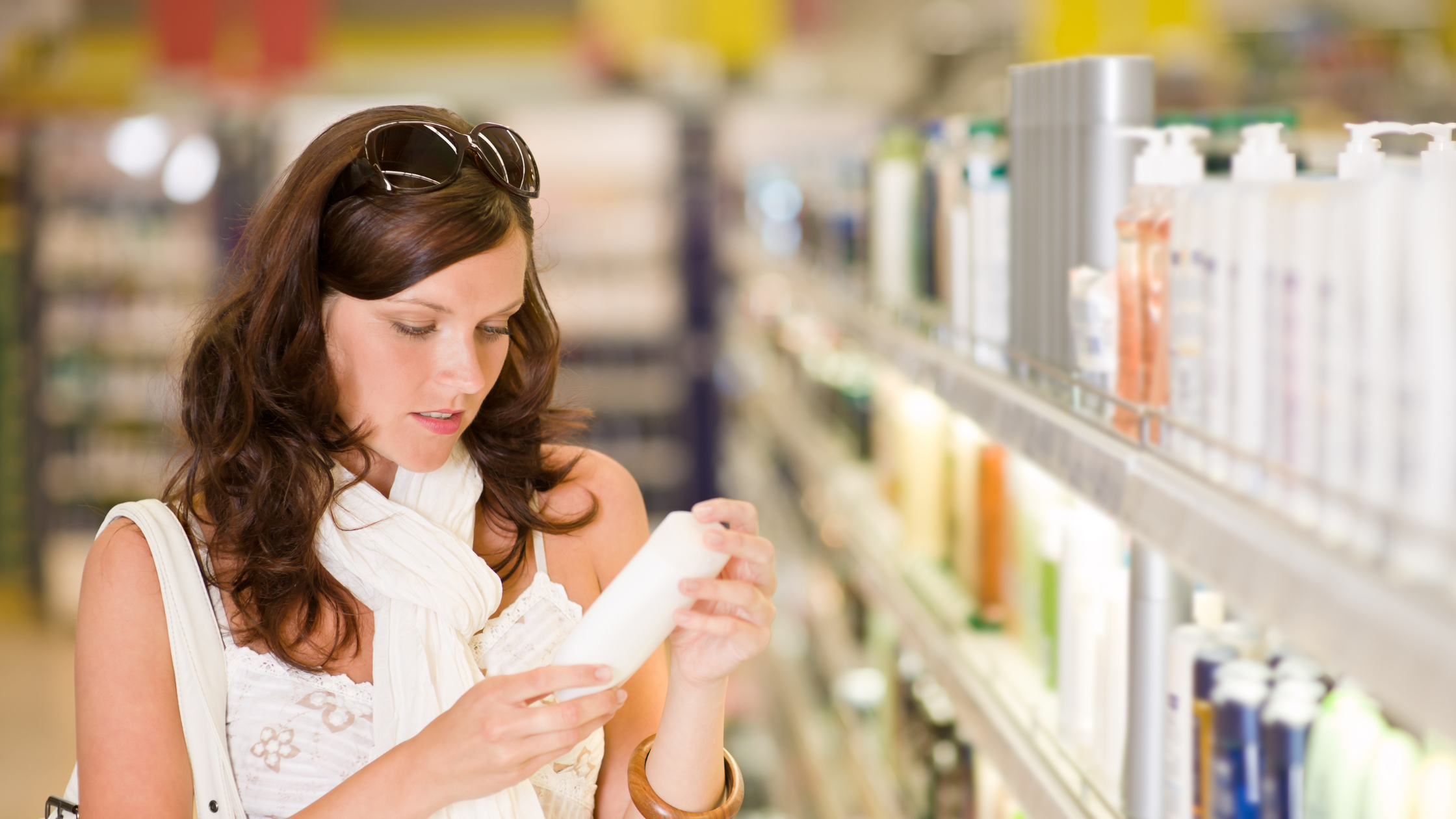24/01/2024
Raw Materials Emerging Trends in the Cosmetic World
The cosmetic industry is becoming increasingly dynamic. But what takes center stage in the realm of emerging trends? The landscape being outlined revolves around sustainability, LCA, upcycling, technological innovation, and responsiveness to consumer needs. Discover sustainable evolution in the cosmetic world: bioplastics, plant essences, cellular cultures, and customization.

Bioplastics and Recyclable Materials
This represents a genuine commitment to environmental sustainability. We are in the midst of an evolution, evident in the rapid changes in thoughts, opinions, and ideas.
The beauty world is growing more conscious, and the cosmetic industry naturally follows this trend by venturing into the use of recyclable materials and bioplastics, considering them an added value. Simultaneously, it serves as an excellent strategy to reduce the use of non-renewable resources, making both production and disposal more responsible and positively influencing the ecosystem.
Consumers, in their choices, demonstrate an increasing sensitivity to these issues, making more environmentally conscious and sustainability-focused purchases.
Adopting bioplastics and recyclable materials is not merely an adaptation to market demands but a declaration of intent to build a cosmetic sector that increasingly assumes environmental responsibility, contributing to a more sustainable future.

Adopting bioplastics and recyclable materials is not merely an adaptation to market demands but a declaration of intent to build a cosmetic sector that increasingly assumes environmental responsibility, contributing to a more sustainable future.
New Plant Essences and Extracts
Innovation extends beyond material usage. This is accompanied by the birth and increasing use of plant essences and extracts incorporated into products to reflect the authenticity of natural beauty. These represent a true trend capable of satisfying the demand for cosmetic products inspired by nature and a tangible commitment to the creation of products that are not only effective but also environmentally respectful.
Upcycling: Transforming into Value
Upcycling is a sustainable practice aimed at transforming what is typically considered waste into a valuable raw material. Originally prevalent in sectors such as fashion, furniture, and technology, this practice has increasingly gained relevance in the beauty industry.
This trend reflects a widespread commitment to sustainability with the goal of reducing environmental impact through the creative use of materials that are transformed into valuable ingredients for product formulation.
This commitment not only mirrors the attention to meeting consumer demand but also demonstrates a strong interest in reducing material waste.
In a context where sustainability is increasingly at the forefront of consumer concerns, upcycling emerges as a significant practice for the creation of responsible and environmentally-friendly products.

Lifecycle Research (LCA)
From production to disposal, there is a gradual shift toward a holistic approach to the concept of sustainability, focusing on lifecycle considerations through strategic and targeted exploration to reduce environmental impact from the beginning to the end of each product's journey. This is achieved through in-depth analyses conducted at every stage of the production process.
Cellular Cultures and Fermentations
Innovation in the cosmetic industry has reached new heights following the introduction of cellular cultures and fermentation processes, revolutionizing the methods of raw material extraction. This ensures the availability of high-quality and sustainable ingredients, marking an era where science and nature collaborate effectively to provide innovation and high performance.
Diversification of Product Portfolio
Another practice adopted to meet the increasingly aware demands of consumers is to continually expand the product portfolio, creating an appealing offering. This aims not only to cover various skin types but also to capture personal preferences and expectations. The goal is to transition, as much as possible, from standardized "one-size-fits-all" approaches to customization.

The real objective is to move consumers from a sense of "routine" to a tailor-made experience perfectly in tune with individual needs and shaped by individual desires.
But how is the customer listened to? Active listening must be applied, capable of processing various market requests to arrive at unique formulations. Greater importance is given to feedback and direct evaluation (through social media and surveys, for example). The response to consumer demands thus becomes a key element in creating cosmetic products that go beyond expectations, promoting user trust and satisfaction.
Competition and Innovation in the Cosmetic Industry: Racing Towards Sustainability
Sustainability and innovation have become a competitive focal point among various cosmetic companies. This commitment has led them to strive to lead change and introduce new technologies and increasingly sought-after raw materials that set them apart in the market.
The centrality of positive, social, and environmental impact is part of corporate social responsibility and becomes a fundamental criterion guiding some business decisions, reflecting a growing awareness of companies' roles in modern society.
Thus, the adoption of ethical practices in the supply chain, the promotion of dignified working conditions, and the commitment to reducing the environmental footprint become integral parts of the corporate culture.
In conclusion, the evolution of raw materials in the cosmetic sector reflects a growing environmental awareness and a response to the evolving needs of consumers. Companies embracing these emerging trends are at the forefront of shaping the future of sustainable and innovative beauty.


